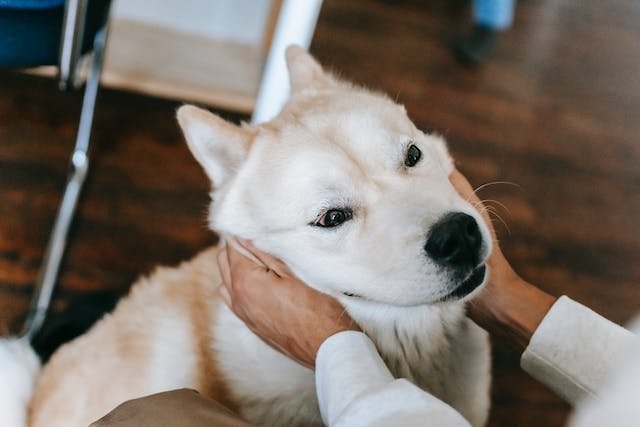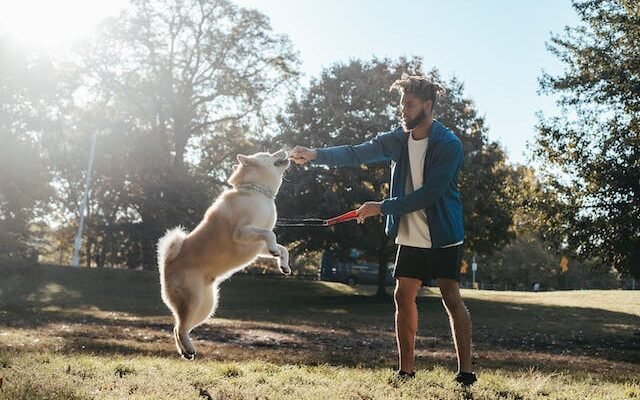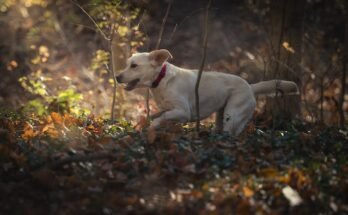The long haired Akita, known for its regal demeanor and luxurious coat, is a breed as impressive as it is enigmatic. Originating from Japan, the long-haired Akita has a storied history, a distinctive personality, and unique care requirements that all potential owners should be aware of. Whether you’re considering adding one to your family or already basking in the loyal companionship of this noble creature, this comprehensive guide is tailored to help you nurture and understand your long-haired Akita to the fullest.
History and Origins
Origins in Japan
The long haired akita is a breed deeply rooted in Japanese history, with an ancestry that traces back to the early 1600s. Originally bred for hunting large game in the mountainous regions of Japan, Akitas were renowned for their strength, intelligence, and independence. With a native name of “Akita-Inu,” meaning “dog of Akita,” they were a symbol of courage, loyalty, and nobility.
Differences between Long haired and Short-haired Akitas
While both long-haired and short-haired Akitas share the same stoic and powerful presence, their coats present the most noticeable contrast. The long-haired Akita, also known as the “Mokuton,” has a soft, thick double coat that can range in length from medium to very long. The short-haired counterpart, known as “Kurotun,” boasts a dense, bristly, waterproof coat that requires less maintenance.
Characteristics and Temperament of Long Haired Akita
Physical Appearance
Akitas, regardless of coat length, are large, sturdy dogs with strong, bear-like heads and a robust frame. The long-haired variety’s coat grows not only along the body but also on the tail, giving it an impressive mane-like appearance. They come in a variety of colors, including red, fawn, sesame, brindle, and pure white.
Personality Traits
Personality-wise, the long-haired Akita is a paradox: dignified and courageous yet affectionate and loyal to its family. They are renowned for their strong protective instincts and their reserved nature with strangers. Early socialization and consistent training are crucial to bringing out the best in this breed.
Temperament and Behavior
Akitas are not typically hyperactive dogs, but they do require regular exercise and mental stimulation. They can be reserved and aloof with newcomers, but they are deeply devoted and loving to their family. A well-socialized Akita is a calm and confident companion, known to be excellent with children when raised together.
Grooming and Care
Coat Care and Grooming Tips
The luxurious coat of a long-haired Akita requires regular grooming to keep it in optimal condition. Daily brushing is essential to prevent matting and tangling, especially behind the ears and in the “britches” on the hind legs. Use a slicker brush to keep the undercoat free of loose fur.
Bathing and Brushing Routine
Bathe your Long haired Akita as needed, but be cautious not to over-bathe, which can strip the coat of its natural oils. Regular brushing will keep the coat and skin healthy. When brushing your akita, it’s a great time to check for any unusual lumps, bumps, or signs of skin issues.
Seasonal Shedding
Akitas shed their undercoat twice a year in a process often called “blowing coat.” During these shedding seasons, more intense grooming is required, usually every other day, to manage the copious amounts of fur. Ensuring a consistent grooming routine will help reduce the amount of hair that ends up on your floors and furniture.
Training and Socialization
Training Techniques Specific to Akitas
Long Haired Akitas are an intelligent breed but can be stubborn, which is why early and consistent training is highly recommended. Positive reinforcement techniques, such as treats and praise, work well with these dignified dogs. They respond best to confident, calm, and patient leadership.
Socialization with Other Dogs and People
Socialization is crucial for Akitas, especially during their puppyhood. Carefully introducing them to a wide variety of experiences, people, and other animals will help prevent shyness or aggression. It’s important to supervise interactions with other dogs, as Akitas can display dominant behavior.
Behavioral Challenges and Solutions
Long Haired Akitas can have a high prey drive and an independent streak that can lead to challenging behaviors. Therefore, they are not recommended for first-time dog owners. Early training, understanding, and consistency are key to overcoming these challenges.

Health and Exercise
Common Health Issues in Long-Haired Akitas
Like all breeds, Akitas are prone to certain health conditions, including hip dysplasia, progressive retinal atrophy, and autoimmune disorders. Regular check-ups with a veterinarian can help catch and manage these issues early.
Exercise Requirements and Activities
Despite their calm demeanor at home, long haired Akitas are a working breed and need regular exercise to maintain their physical and mental health. Daily walks and play sessions are vital. They also enjoy activities that engage their mind, such as puzzle toys and obedience training.
Recommended Diet and Nutrition
Feeding your long haired Akita a high-quality, balanced diet is important for lifelong health. Akitas are not typically gluttonous and can remain at a good weight on a portion-controlled diet. Always ensure fresh water is available, and consider a feeding schedule that aligns with your dog’s exercise routine.
Tips for Owning a Long Haired Akita
Preparing Your Home and Environment
Before bringing your Akita home, secure your property with a fence to prevent wandering. Akitas are capable of jump-and-dig escape attempts, so a secure enclosure is essential. Also, consider the space your Akita will have in your home—they need room to move and stretch, especially both indoors and outside.
Finding a Reputable Breeder or Rescue Organization
Do thorough research before acquiring an Akita. Reputable breeders conduct health screenings on their dogs and can provide you with a health history. Rescue organizations can also be a source of long-haired Akitas in need of a loving forever home.
Building a Strong Bond with Your Akita
Consistency, patience, and love are the foundations for building a strong bond with your akita. Spend quality time together, engage in activities your Akita enjoys, and provide clear boundaries to ensure a harmonious relationship.
Conclusion
Owning a long haired Akita is not without its challenges, but for the dedicated owner, the rewards are boundless. This breed offers unwavering loyalty, a dignified presence, and a unique bond that few other breeds can match. By understanding their history, unique care needs, and training requirements, you can ensure that your long-haired Akita thrives as a valued member of your family.
FAQs
Q: How much exercise does a long haired Akita need?
A: Long-haired Akitas need a moderate amount of exercise, typically a daily walk and playtime in a secure area.
Q: How often should I groom my long haired Akita?
A: A daily grooming session is recommended, especially during shedding seasons. Regular grooming not only maintains the coat but also provides quality bonding time with your pet.
Q: Are Akitas good with other pets?
A: Akitas can be good with other pets if they are raised together. However, their strong prey drive may make it challenging to introduce them to small animals. It’s crucial to always supervise interactions with new pets.
Q: What is the typical lifespan of a long haired akita?
A: The average lifespan of a long-haired Akita is 10–12 years, but with proper care and good genetics, they can live longer.
Q: Do long-haired akitas require different care compared to short-haired akitas?
A: While the grooming regimen is more intense for long-haired Akitas, their care needs are similar to those of their short-haired counterparts. Both require regular exercise, training, and socialization to lead healthy, happy lives.
Q: Are long haired Akitas good with children?
Akitas, if properly socialized and trained, can be excellent with children. They are usually very protective and patient with their human family members.




